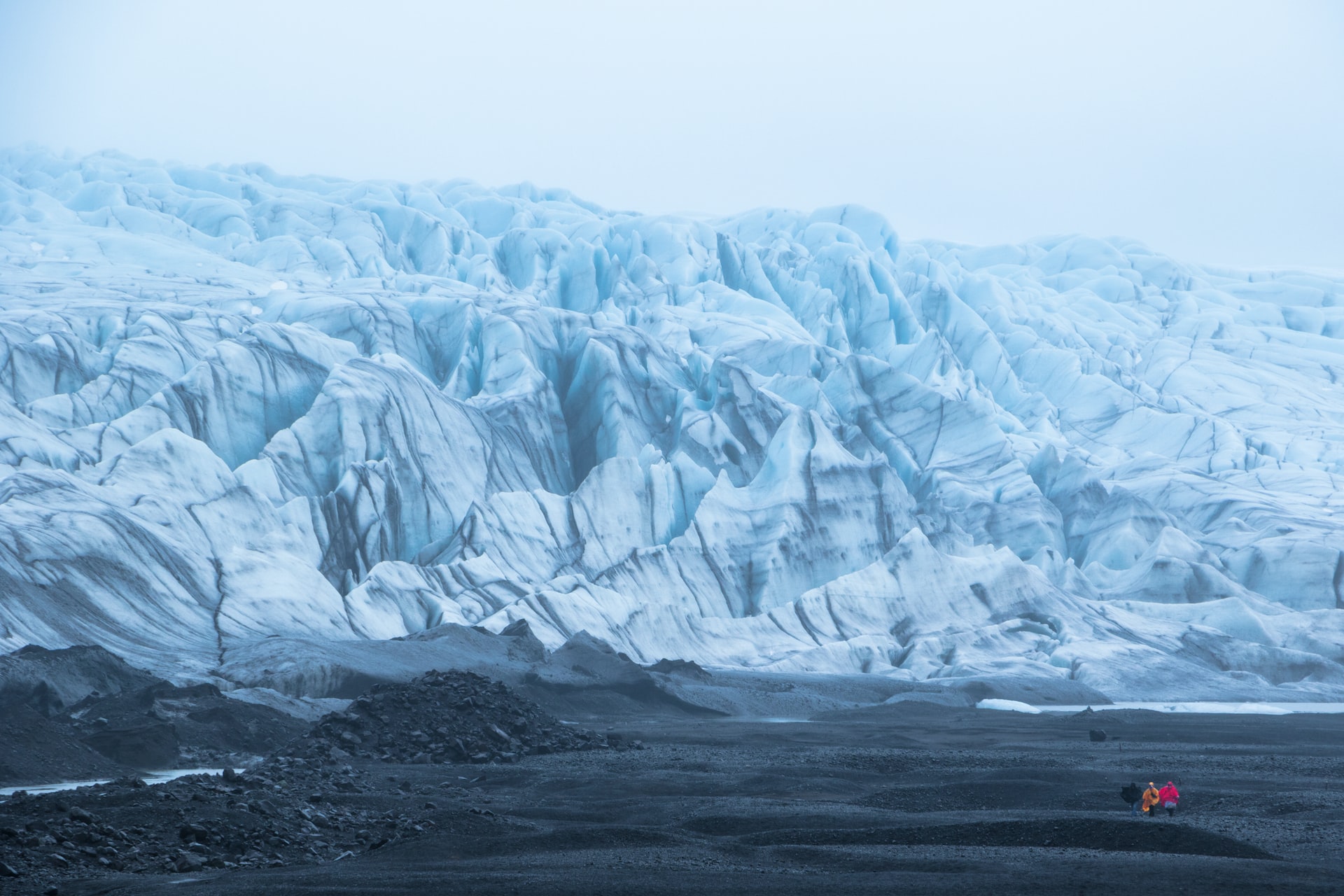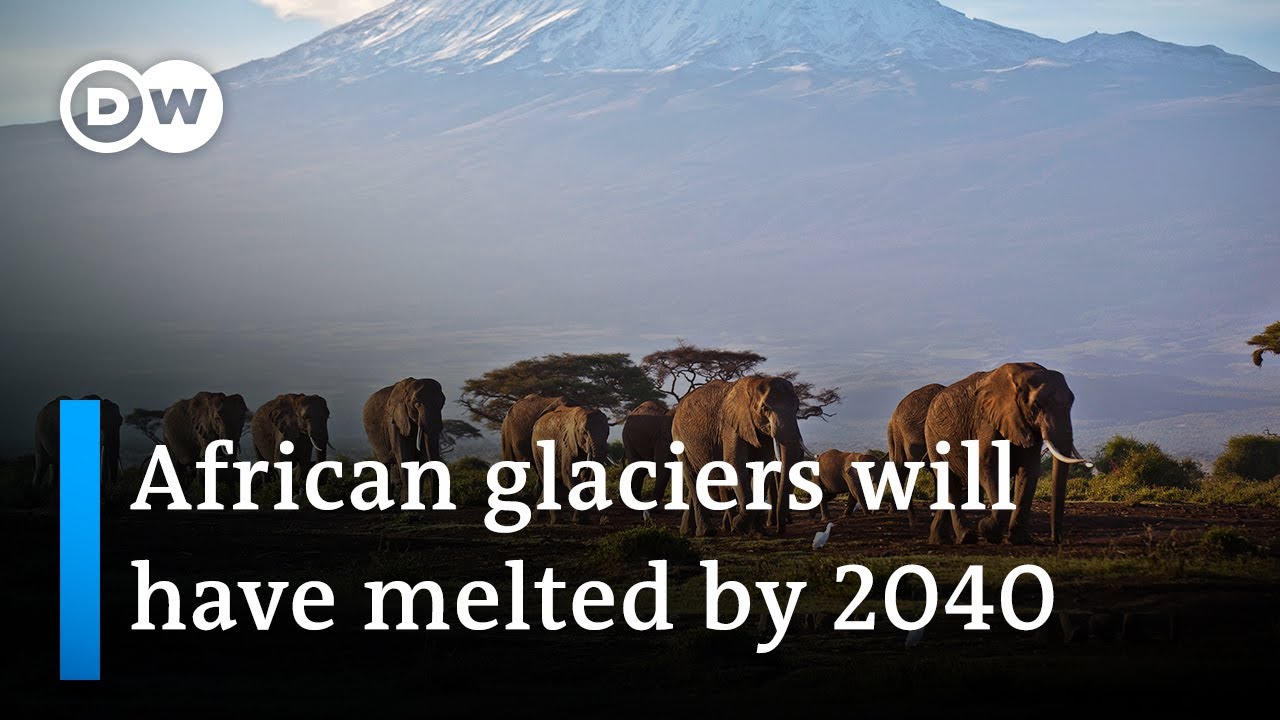Last Glaciers In Kilimanjaro And Africa To Disappear By 2050 Due To Climate Change, UN Study Says
Last glaciers in Kilimanjaro and Africa to disappear by 2050 if melting continues at its present pace, according to new United Nations research. Jointly commissioned by UNESCO and the International Union for the Conservation of Nature, the research was published on Thursday (IUCN). Researchers looked at glaciers in 50 places that UNESCO has designated as World Heritage Sites.
Author:Suleman ShahReviewer:Han JuNov 03, 20223.6K Shares242.8K Views

Last glaciers in Kilimanjaro and Africa to disappear by 2050if melting continues at its present pace, according to new United Nations research. Jointly commissioned by UNESCO and the International Union for the Conservation of Nature, the research was published on Thursday (IUCN). Researchers looked at glaciers in 50 places that UNESCO has designated as World Heritage Sites.
There are over 18,600 glaciers in the heritage sites, covering a total area of roughly 66,000 kilometers (or almost 10% of all glaciated land). Experts say that since the year 2000, glaciers in these places have been melting faster than usual. This is because carbon dioxide (CO2) emissions from people have caused global temperatures to rise.
The glaciers are presently losing 58 billion tons of ice every year, according to the researchers, which is equal to the annual water usage of France and Spain put together and accounts for approximately 5% of the documented global sea level increase.
“„We hope we might be wrong, but this is the hard science. Glaciers are one of the valuable indicators of climate change, because they're visible. This is something we can really see happening.- Tales Carvalho Resende, UNESCO
The United Nations Educational, Scientific, and Cultural Organization reported on Thursday that even if global greenhouse gas emissions are reduced, major glaciers around the world, including those in the Dolomites in Italy, Mount Kilimanjaro in Tanzania, and Yosemite and Yellowstone parks in the United States, will be gone by 2050.

UN: Climate change will melt all glaciers in Africa in next 20 years | DW News
Uncontrollable Shrinkage
World Heritage glaciers lose an average of 58 billion metric tons of ice annually, which is equal to the amount of water consumed by France and Spain combined in a single year and accounts for about 5% of the documented worldwide increase in sea levels.
According to Carvalho, dramatically lowering carbon emissions is the only way to defend against the catastrophic melting of glaciers throughout the planet. Since many of these glaciers will continue to melt in the near future, UNESCO suggests that local governments put glaciers at the top of their policy agendas by increasing monitoring and research and taking steps to reduce the risk of disasters.
As glacial lakes reach their capacity and rupture, Carvalho says that catastrophic flooding may occur farther down the watershed. In spite of international commitments to limit warming to 1.5 °C over pre-industrial levels, the globe is now on track to exceed this temperature.
This study is a call to action, in preparation for the COP27 climate meeting, which will begin in Egypt on Monday. Until we drastically cut our CO2 emissions, glaciers and the extraordinary wildlife that relies on them will continue to melt. The 27th Conference of the Parties (COP27) will play a significant role in finding viable solutions to this problem.
Prof. Duncan Quincey, a glaciology specialist from the University of Leeds who was not involved in the study, has noted that the disappearance of glaciers might lead to a lack of fresh water during the dry seasons, on which many people rely for home use and agriculture.
“„That leads to food securityissues because they were using that water to irrigate their crops.- Duncan Quincey,
Kilimanjaro National Park and Mount Kenya are home to the last surviving glaciers in Africa, whereas the highest glaciers in the world may be found near Mount Everest in the Himalayas, on the boundary between Nepal and China. It's conceivable that Europe's and Latin America's glaciers will melt away, too.
Final Words
No matter how hard people try to keep global warming under control, the analysis finds that the glaciers at the heritage sites will almost certainly melt away within the next 28 years. If global temperatures increase by no more than 1.5 degrees Celsius from the pre-industrial era, the researchers suggest the glaciers at the remaining two-thirds of sites can still be saved.
UNESCO is pushing for the establishment of an international fund to monitor and preserve glaciers as well as for a significant reduction in carbon emissions. With this kind of funding, we could do things like deploy early warning and catastrophe risk reduction measures, build networks of interchange between all relevant parties, and finance thorough research.
The report's authors warn that local communities and indigenous people would be hit hardest by the floods brought on by melting glaciers, and they call for the implementation of early warning and risk mitigation catastrophe systems. But reducing greenhouse gas emissions should be our top priority.

Suleman Shah
Author
Suleman Shah is a researcher and freelance writer. As a researcher, he has worked with MNS University of Agriculture, Multan (Pakistan) and Texas A & M University (USA). He regularly writes science articles and blogs for science news website immersse.com and open access publishers OA Publishing London and Scientific Times. He loves to keep himself updated on scientific developments and convert these developments into everyday language to update the readers about the developments in the scientific era. His primary research focus is Plant sciences, and he contributed to this field by publishing his research in scientific journals and presenting his work at many Conferences.
Shah graduated from the University of Agriculture Faisalabad (Pakistan) and started his professional carrier with Jaffer Agro Services and later with the Agriculture Department of the Government of Pakistan. His research interest compelled and attracted him to proceed with his carrier in Plant sciences research. So, he started his Ph.D. in Soil Science at MNS University of Agriculture Multan (Pakistan). Later, he started working as a visiting scholar with Texas A&M University (USA).
Shah’s experience with big Open Excess publishers like Springers, Frontiers, MDPI, etc., testified to his belief in Open Access as a barrier-removing mechanism between researchers and the readers of their research. Shah believes that Open Access is revolutionizing the publication process and benefitting research in all fields.

Han Ju
Reviewer
Hello! I'm Han Ju, the heart behind World Wide Journals. My life is a unique tapestry woven from the threads of news, spirituality, and science, enriched by melodies from my guitar. Raised amidst tales of the ancient and the arcane, I developed a keen eye for the stories that truly matter. Through my work, I seek to bridge the seen with the unseen, marrying the rigor of science with the depth of spirituality.
Each article at World Wide Journals is a piece of this ongoing quest, blending analysis with personal reflection. Whether exploring quantum frontiers or strumming chords under the stars, my aim is to inspire and provoke thought, inviting you into a world where every discovery is a note in the grand symphony of existence.
Welcome aboard this journey of insight and exploration, where curiosity leads and music guides.
Latest Articles
Popular Articles